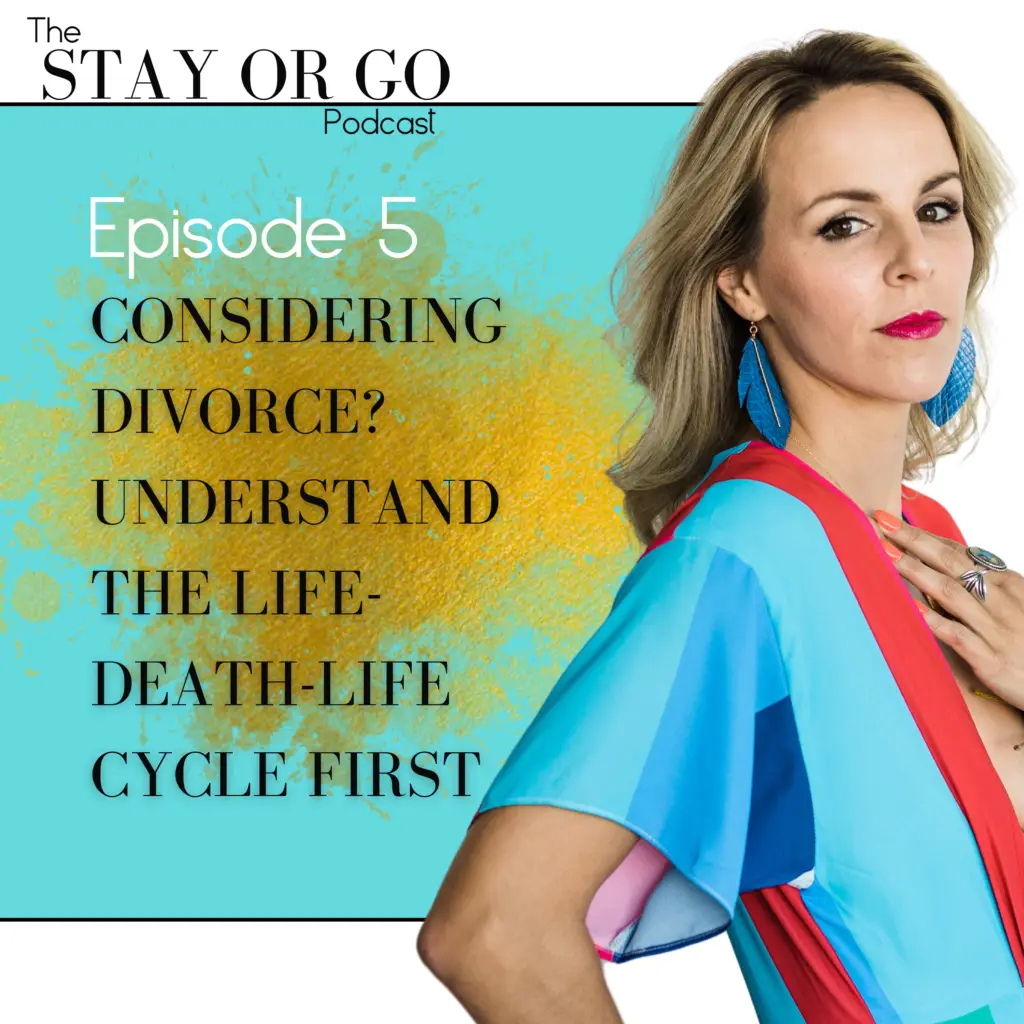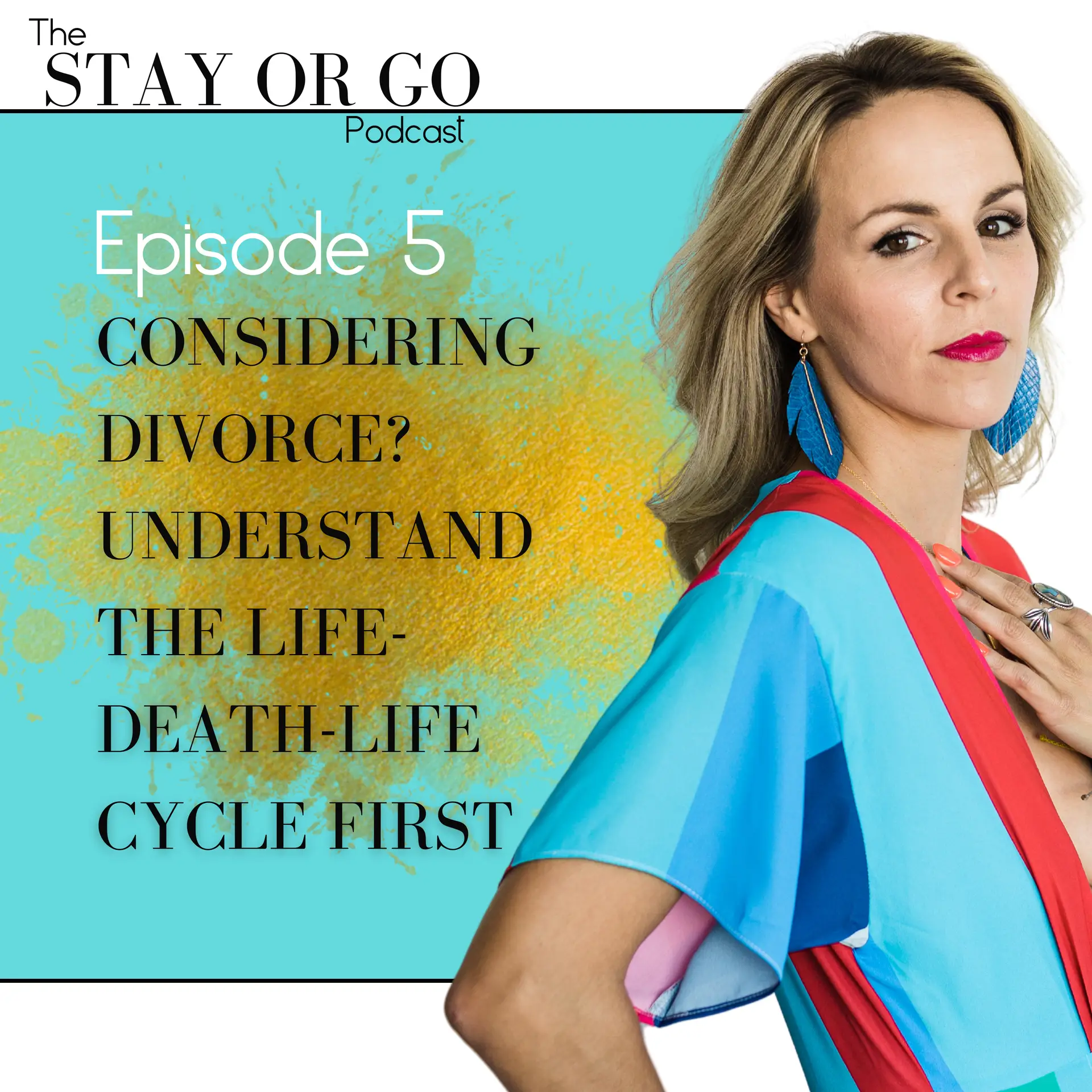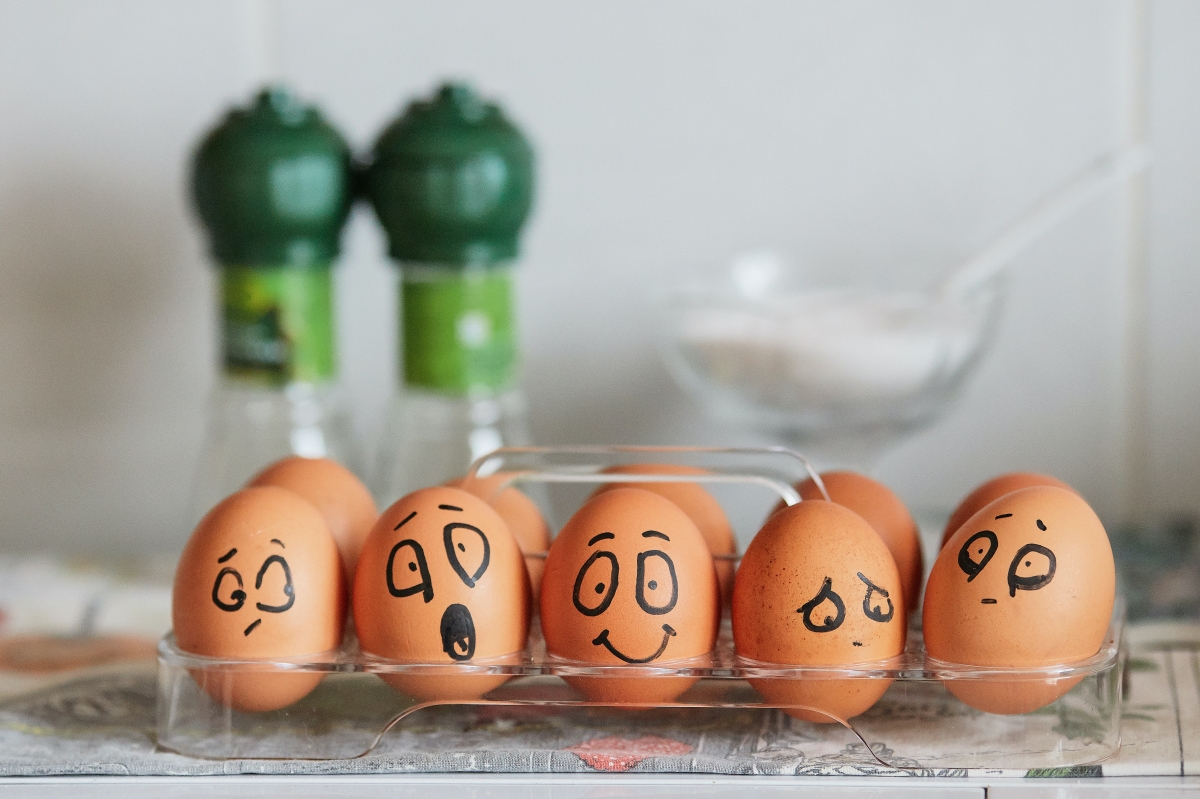In this episode, we delve into the profound dance between life and death, challenging the conventional fear and discomfort surrounding the latter. Discover the beauty of this cyclical process and how embracing it can bring immense growth and transformation.
💔 Grieving and Growing: Explore the complexities of grief and the simultaneous birth of new experiences. Learn how allowing yourself to grieve opens space for new opportunities and how acknowledging the ebb and flow of emotions is essential for a fulfilling life.
🌱 Your Garden of Life: Picture your life as a vast garden, with different aspects like relationships, career, and personal interests. Understand the importance of choosing wisely where to invest your limited resources and ask yourself: What is the goal of your garden, and what does your soul truly desire?
🔍 Stripping Away External Labels: Challenge the external labels that define you. Explore the essence of who you are beyond roles, relationships, and achievements. Discover the strength that lies in connecting with your soul self, transcending external categorizations.
🌈 Trust Your Intuition: Dive into the magic of intuition as your inner compass. Trusting this deep knowing opens the door to a life beyond expectations, a life painted with the colors of joy, excitement, and authenticity.
🔄 The Cyclical Nature of Life: Acknowledge the cyclical process of joy and sorrow, life and death. Understand that the journey involves both letting go and welcoming the new. Learn to navigate these cycles with compassion and a deep connection to your soul.
🔮 Always More Ahead: Challenge the scarcity mindset and embrace the belief that there is always more ahead. Explore the abundance that comes with allowing life to unfold, knowing that every ending paves the way for a more aligned and fulfilling future.
🌌 Your Centered Journey: Shift the focus from external relationships to your inner self. Recognize that you are the center of your life’s journey, and allowing paths to diverge can lead to personal and collective growth. Embrace the sufficiency and abundance that comes with prioritizing your authentic desires.
🌟 Conclusion: As you navigate the interplay of life and death, remember your constant presence in the ever-unfolding tapestry of existence. Embrace the depths, make peace with transitions, and trust that there is always more love, joy, and fulfillment ahead on your unique journey. 🌈✨

Show Notes
- Women Who Run With the Wolves by Clarissa Pinkola Estes
- Clarissa Pinkola Estes Website
- Terrifying Fantasia Scene
- Learn more about working with Britta
- Follow Britta on Instagram @consideringdivorce or Facebook



